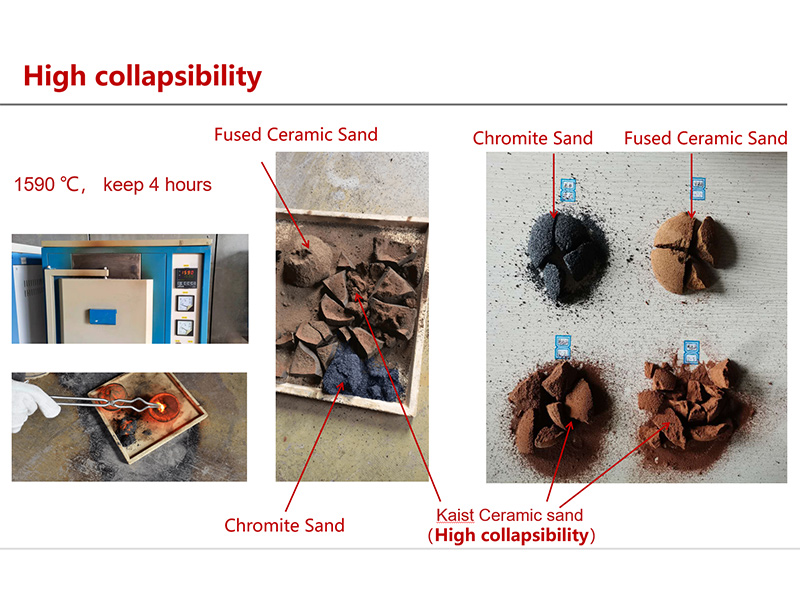

Furthermore, innovations in the formulation of resin sand mixtures have led to improvements in reusability and environmental impact, adding a layer of expertise to the process. Manufacturers now employ advanced resins that reduce waste and improve the breakdown and reclamation of used mold material, aligning with a global push towards sustainable manufacturing practices. This aspect underscores resin sand casting's forward-thinking approach, demonstrating authority in marrying tradition with innovation. Real-world applications showcase the experience-backed excellence of resin sand casting. In the aerospace industry, manufacturers utilize this method to create durable yet lightweight components, crucial for enhancing fuel efficiency and performance. The ability to produce components that withstand extreme conditions further highlights the method's trustworthiness and reliability. Ultimately, the resin sand casting process stands as a testament to engineering ingenuity and professional mastery. Its capacity to deliver high-quality, precision-engineered components while adhering to eco-friendly practices establishes resin sand casting as a critical asset in modern manufacturing. This mix of experience, expertise, authoritativeness, and trustworthiness makes resin sand casting an invaluable process in today's industry landscape, offering unparalleled solutions for complex casting challenges. Post time:Feb . 11, 2025 04:07
Next:resin sand
